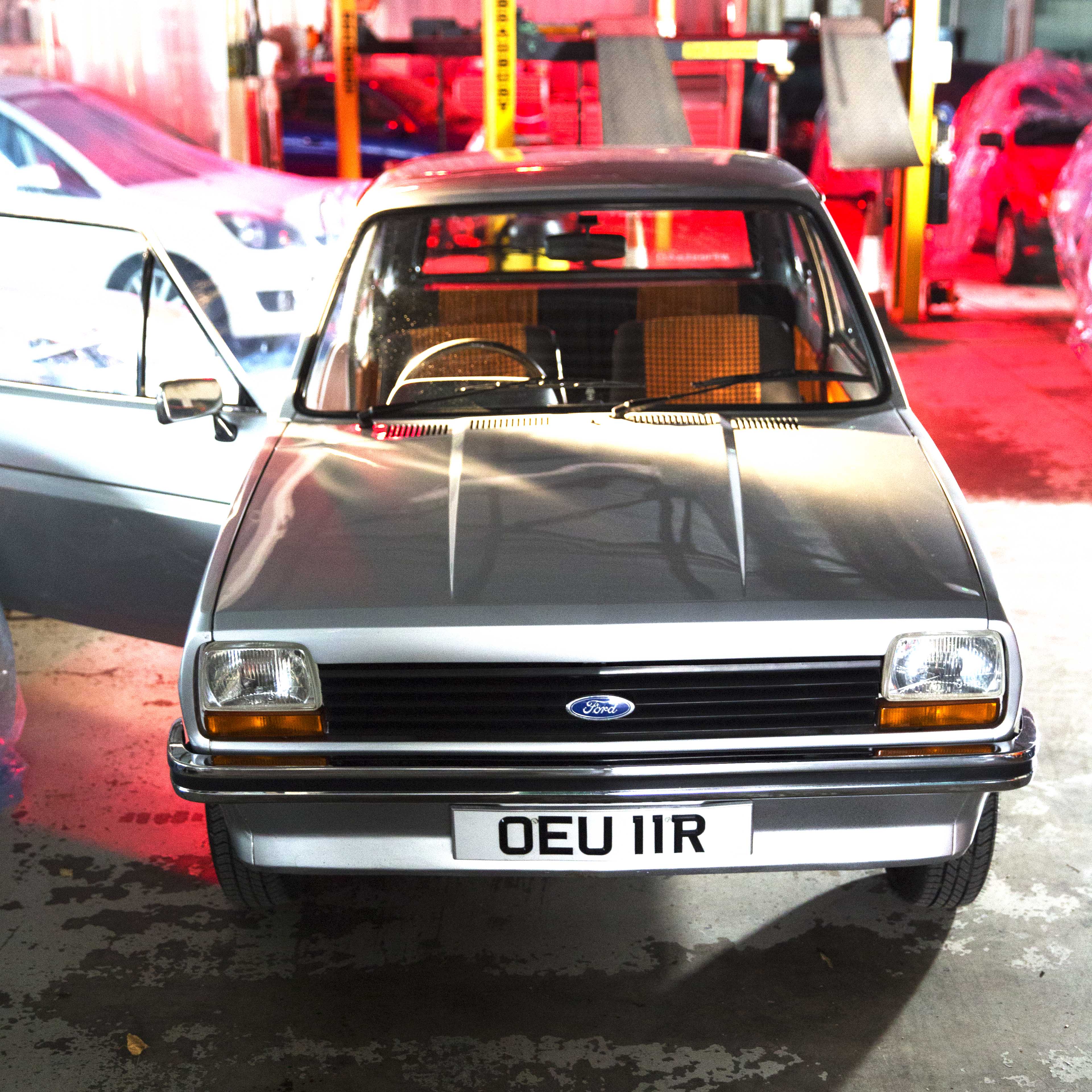"There’s about as much Fiesta in the Fiesta WRC as there is egg in a Koenigsegg. Despite that, there’s enough of an excuse to shoehorn it into our Ford Fiesta edition. Ignoring one-off drag stars and the odd "
Ford Fiesta at Forty
Ford's stalwart little runabout reaches its fifth decade - we explore why the Fiesta has proved a perennial
Of all the working class heroes that have been produced by Ford’s of Dagenham – the Fiesta is the longest surviving.
It may not be the most spectacular or glamorous inheritor of the company’s blue collar legacy – but the very fact of its ongoing existence is testament to how simple, straightforward and adaptable the car has always been
In fact, it is arguably lodged deeper into the automotive psyche of this country than either the Escort, the Capri or the Cortina. We reckon that absence has made our hearts think fonder of those cars than perhaps is justified.
It’s the Fiesta that is Ford’s true survivor.
Making its first appearance in 1976 – the Fiesta was the child of the Oil Crisis. Every European manufacturer was putting out cheap, economical, front wheel drive hatchbacks. Fiesta was the answer to a question that is still relevant. Can we buy a little runabout that won’t cost us a fortune, and which we can love?
Over the forty years since it launched there have been hundreds of different models. At one point, as many as fifteen versions of the same model year were on sale at Ford dealerships. But there’s an obvious star of the show, as far as we’re concerned. The XR2, of course.
The XR2 was a true base level boy racer. First appearing in 1980 in MK1 trim and flowering on until the late mid-nineties, it came with distinctive colour-coded trim, those distinctive ‘pepper pot’ wheels (at least until the MK3 version came along) and a whole revised attitude that reached out to a demographic of younger drivers.
The XR2 seemed to appeal to many younger women, too – who loved the XR2’s racy cuteness.
The XR2 proved perfect for an entry level driver who wanted a bit of fun and attitude as well as the rock solid practicability and reliability.
It was a stalwart of the Essex A-roads for years.

Heading over to Ford’s Dagenham-based heritage collection this month it was a pleasure to see a fleet of pristine Fiestas. The silver 1976 MK1 (pictured) is an immaculate slice of 1970s automotive history. And to drive the immaculate Mk2 XR2, with only about 30,000 miles on the clock, around the Dagenham estate was like stepping back in time.
By today’s standards the performance of the car isn’t off the radar – but you can feel in the directness of its drive, the tightness of the gearbox and the acreage of glassy visibility that’s available – why the appeal of the XR2 was so great.
Ford had updated the engine in the Mk2 version of the XR2 – and running gear tweaks as well as a new five-speed transmission meant that A127 to Clacton was a high velocity cruise – but could deal nicely with the roundabouts and the back-turns of the estate too.
It goes without saying that the Fiesta proved popular all over the country and the rest of the world too – but it’s interesting to think how much the environment around Ford’s atmospheric Dagenham plant would have fed into the design and evolution of Ford’s base-level stalwart.
The XR2, of course, wasn’t the only hot version of the car to appear. RS, ‘Rally’ and ’S’ trimmed versions kept the faith of boyracer-hood alive…
We particularly like the Tuareg too (pictured), which was a Dakar-ish concept from the end of the seventies that clearly fed into the XR2 and other hot trimmed versions of the car – and we can only surmise that the RS 1800 would have been a blast.
Though the world is saturated with affordable, economic runabouts – the Fiesta’s seventh generation pushes on to its fifth decade – the ST line keeps the XR2’s candle burning.
We look forward to celebrating the half century.
CLICK TO ENLARGE


















